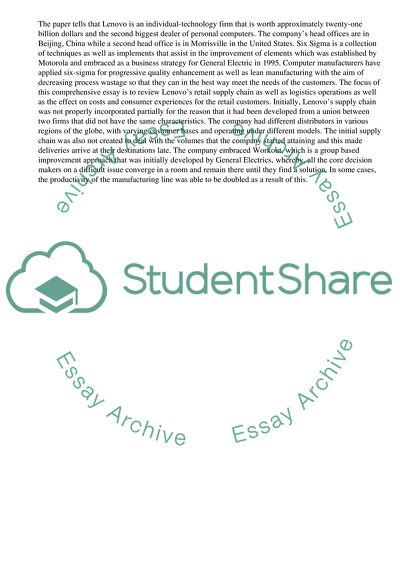Cite this document
(“Lenovos Retail Supply Chain Essay Example | Topics and Well Written Essays - 3000 words”, n.d.)
Lenovos Retail Supply Chain Essay Example | Topics and Well Written Essays - 3000 words. Retrieved from https://studentshare.org/business/1663784-lenovo
Lenovos Retail Supply Chain Essay Example | Topics and Well Written Essays - 3000 words. Retrieved from https://studentshare.org/business/1663784-lenovo
(Lenovos Retail Supply Chain Essay Example | Topics and Well Written Essays - 3000 Words)
Lenovos Retail Supply Chain Essay Example | Topics and Well Written Essays - 3000 Words. https://studentshare.org/business/1663784-lenovo.
Lenovos Retail Supply Chain Essay Example | Topics and Well Written Essays - 3000 Words. https://studentshare.org/business/1663784-lenovo.
“Lenovos Retail Supply Chain Essay Example | Topics and Well Written Essays - 3000 Words”, n.d. https://studentshare.org/business/1663784-lenovo.


